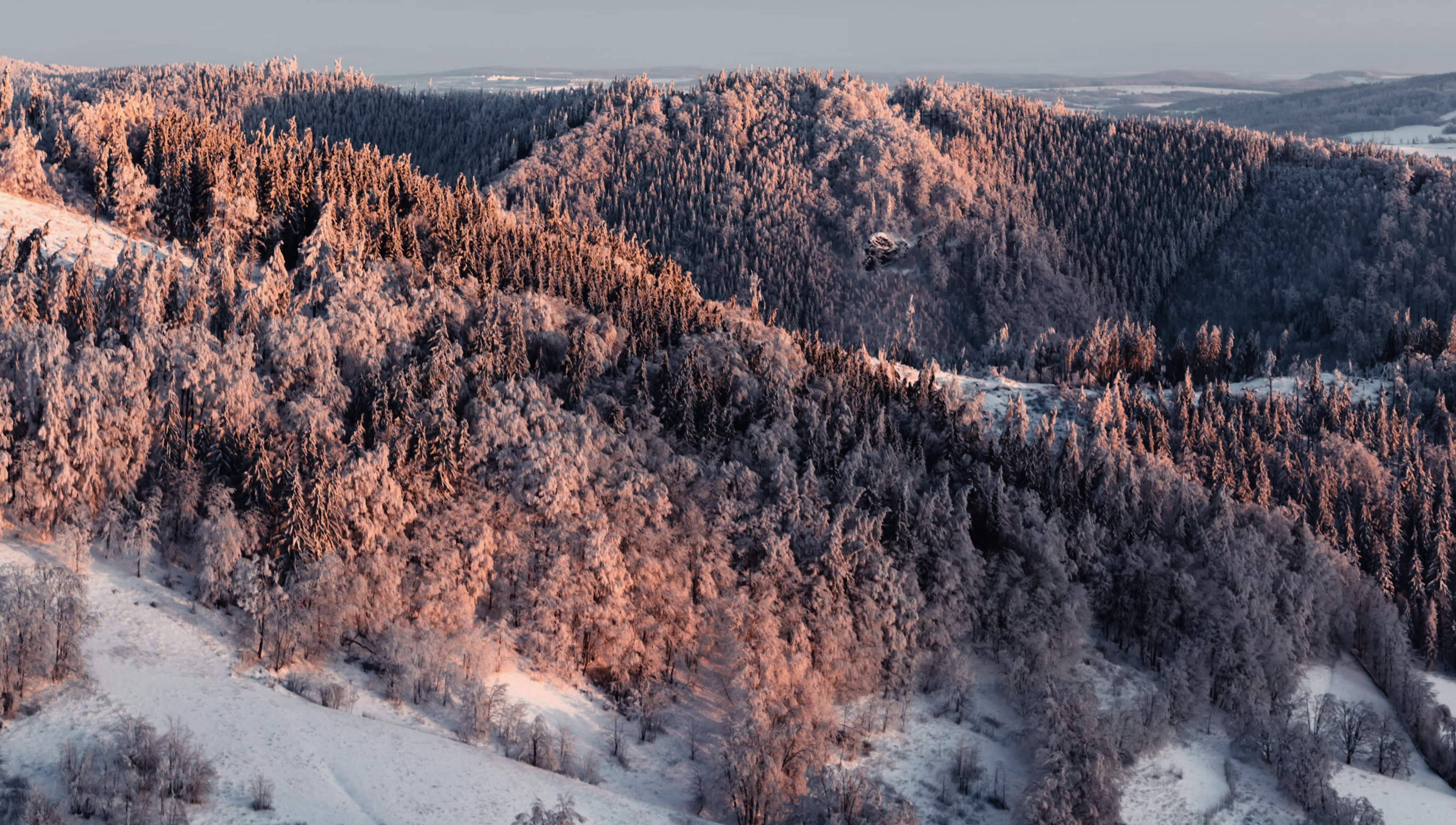04 March 2023

Paper: YOLOv4: Optimal Speed and Accuracy of Object Detection
def yolo_decode(output, num_classes, anchors, num_anchors, scale_x_y):
device = None
cuda_check = output.is_cuda
if cuda_check:
device = output.get_device()
n_ch = 4 + 1 + num_classes
A = num_anchors
B = output.size(0)
H = output.size(2)
W = output.size(3)
output = output.view(B, A, n_ch, H, W).permute(0,1,3,4,2).contiguous()
bx, by = output[..., 0], output[..., 1]
bw, bh = output[..., 2], output[..., 3]
det_confs = output[..., 4]
cls_confs = output[..., 5:]
bx = torch.sigmoid(bx)
by = torch.sigmoid(by)
bw = torch.exp(bw) * scale_x_y - 0.5 * (scale_x_y-1)
bh = torch.exp(bh) * scale_x_y - 0.5 * (scale_x_y-1)
det_confs = torch.sigmoid(det_confs)
cls_confs = torch.sigmoid(cls_confs)
# ❗️[0, 1, ..., 18] gird_x & grid_y
grid_x = torch.arange(W, dtype=torch.float).repeat(1, 3, W, 1).to(device)
grid_y = torch.arange(H, dtype=torch.float).repeat(1, 3, H, 1).permute(0, 1, 3, 2).to(device)
bx += grid_x
by += grid_y
for i in range(num_anchors):
bw[:, i, :, :] *= anchors[i * 2]
bh[:, i, :, :] *= anchors[i * 2 + 1]
bx = (bx / W).unsqueeze(-1)
by = (by / H).unsqueeze(-1)
bw = (bw / W).unsqueeze(-1)
bh = (bh / H).unsqueeze(-1)
boxes = torch.cat((bx, by, bw, bh), dim=-1).reshape(B, A * H * W, 4)
det_confs = det_confs.unsqueeze(-1).reshape(B, A*H*W, 1)
cls_confs =cls_confs.reshape(B, A*H*W, num_classes)
outputs = torch.cat([boxes, det_confs, cls_confs], dim=-1)
return outputs
class YoloLayer(nn.Module):
''' Yolo layer
model_out: while inference,is post-processing inside or outside the model
true:outside
'''
def __init__(self, img_size, anchor_masks=[], num_classes=80, anchors=[], num_anchors=9, scale_x_y=1):
super(YoloLayer, self).__init__()
# 索引 ~ [6, 7, 8] || [3, 4, 5] || [0, 1, 2]
self.anchor_masks = anchor_masks
# 类别
self.num_classes = num_classes
# Anchors
if type(anchors) == np.ndarray:
self.anchors = anchors.tolist()
else:
self.anchors = anchors
print("Anchors:", self.anchors)
print("Type:", type(self.anchors))
self.num_anchors = num_anchors
self.anchor_step = len(self.anchors) // num_anchors # 18 / 9 = 2 为一对
print("Anchor step:", self.anchor_step)
self.scale_x_y = scale_x_y
self.feature_length = [img_size[0]//8, img_size[0]//16, img_size[0]//32]
self.img_size = img_size
def forward(self, output):
if self.training:
return output
in_w = output.size(3)
anchor_index = self.anchor_masks[self.feature_length.index(in_w)]
stride_w = self.img_size[0] / in_w # ❗️
masked_anchors = []
for m in anchor_index:
masked_anchors += self.anchors[m * self.anchor_step:(m + 1) * self.anchor_step]
# ❗️e.g. [142, 110, 192, 243, 459, 401] // 32
self.masked_anchors = [anchor / stride_w for anchor in masked_anchors]
# ❗️e.g. Output = (B, A*n_ch, H, W) -> (1, 3 * (4 + 1 + 80), 19, 19)
data = yolo_decode(output, self.num_classes, self.masked_anchors, len(anchor_index),scale_x_y=self.scale_x_y)
return data